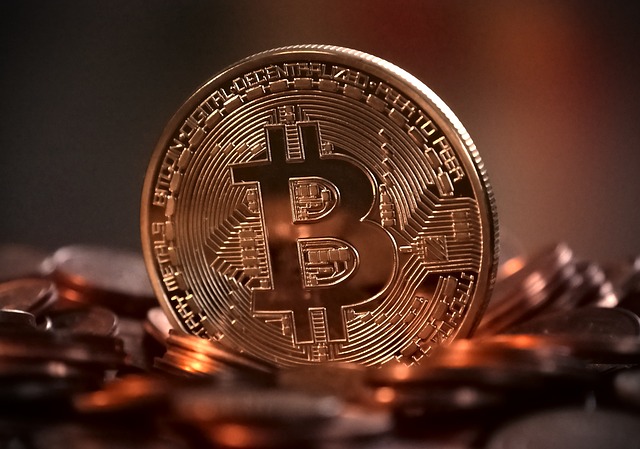As the cryptocurrency market continues to evolve, XRP has been at the forefront of numerous legal challenges and market impact discussions. With its unique features and use cases, XRP has garnered significant attention from regulatory bodies, investors, and enthusiasts alike. In this article, we will delve into the key points related to XRP’s legal challenges and market impact, providing a comprehensive overview of the current landscape.
XRP is a distributed ledger technology that enables fast and secure cross-border transactions without the need for intermediaries. However, its decentralized nature has led to concerns among regulatory bodies regarding its compliance with existing laws and regulations. In recent years, XRP has been subject to several legal challenges, including class-action lawsuits and investigations by regulatory agencies.
One of the most significant legal challenges facing XRP is the ongoing lawsuit against Ripple Labs, Inc., the company behind XRP. The lawsuit, filed in 2020, alleges that Ripple engaged in a pump-and-dump scheme to artificially inflate the value of XRP. The lawsuit also claims that Ripple misled investors by making false promises about the potential uses and applications of XRP.
Another significant legal challenge facing XRP is the investigation by the U.S. Securities and Exchange Commission (SEC). In December 2020, the SEC filed a complaint against Ripple Labs, Inc., alleging that XRP is an unregistered security. The SEC claims that XRP was sold to investors as a security, rather than a commodity or currency.
Despite these legal challenges, XRP has continued to gain traction in the market. Its use cases have expanded beyond cross-border payments, with applications in areas such as remittances, micropayments, and even healthcare. XRP’s scalability and speed make it an attractive option for businesses and individuals looking to process transactions efficiently.
XRP’s market impact has been significant, particularly in the cryptocurrency space. Its price has fluctuated wildly over the years, with some periods of rapid growth followed by periods of significant decline. However, despite these fluctuations, XRP remains one of the most widely-held cryptocurrencies on the market.
One of the key reasons for XRP’s enduring popularity is its use cases. From facilitating cross-border payments to enabling micropayments and remittances, XRP has demonstrated its potential in a range of applications. Its scalability and speed make it an attractive option for businesses looking to process transactions efficiently.
XRP’s market impact extends beyond its own ecosystem, however. The cryptocurrency’s price movements have had a significant impact on the broader cryptocurrency market. When XRP experiences periods of rapid growth, other cryptocurrencies often follow suit, driving up prices and increasing investor confidence.
However, XRP’s market impact has also been subject to criticism. Some critics argue that XRP’s price movements are artificially inflated by manipulation and hype. Others argue that XRP’s use cases are overstated, and that its potential applications have not been fully realized.
In conclusion, XRP’s legal challenges and market impact are complex and multifaceted issues. While regulatory bodies continue to grapple with the cryptocurrency’s status as a security or commodity, XRP remains one of the most widely-held cryptocurrencies on the market. Its use cases have expanded beyond cross-border payments, with applications in areas such as remittances, micropayments, and even healthcare. As the cryptocurrency market continues to evolve, it is essential that investors and enthusiasts remain informed about the latest developments in XRP’s legal challenges and market impact.
Tags: xrp-market-impact, xrp-legal-challenges, ripples-lawsuit, xrp-use-cases, cryptocurrency-regulation



